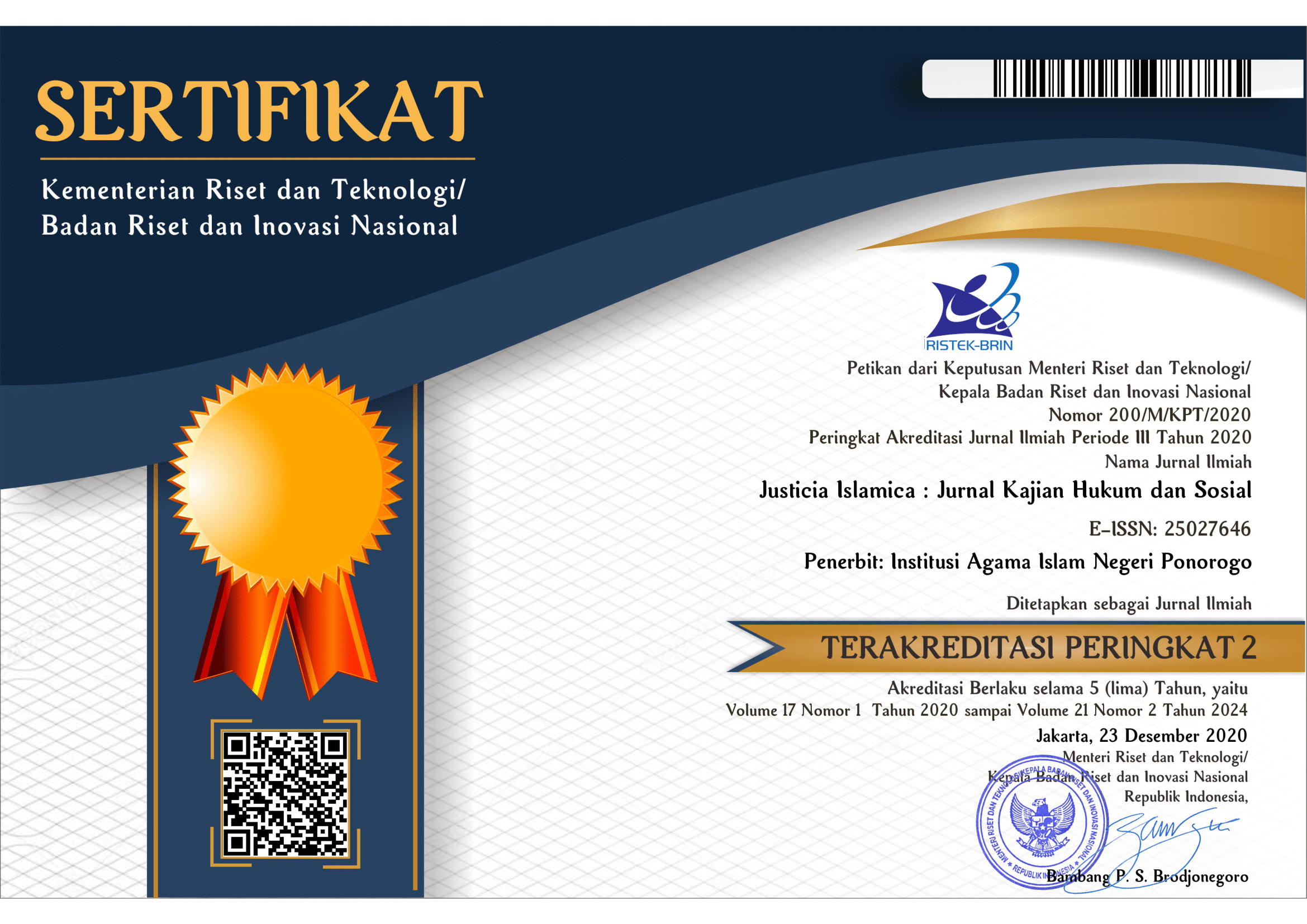Menggali Potensi Wakaf Produktif Untuk Kesejahteraan Umat
Keywords:
Islamic economics; community welfare; waqf management.Abstract
This study aims to explore the potential of productive waqf as an Islamic economic instrument in realizing the welfare of the ummah. Using a qualitative method and a literature study approach as well as secondary data analysis, this study examines the concept, practice, and challenges of implementing productive waqf in Indonesia. The results show that productive waqf has great potential to support the economic development of the ummah, especially in the education, health, and economic empowerment sectors. However, challenges such as low waqf literacy, weak nadzir management, and limited technical regulations are still major obstacles. This study recommends increasing the capacity of waqf managers, regulatory support, and synergy between sharia financial institutions and waqf institutions so that the potential of productive waqf can be optimized in a sustainable manner.
References
.
Downloads
Published
Issue
Section
License

This work is licensed under a Creative Commons Attribution-ShareAlike 4.0 International License.
Requirements to be met by the author as follows:
- Author storing copyright and grant the journal right of first publication manuscripts simultaneously with licensed under the CC BY-SA allows others to share the work with a statement of the work's authorship and initial publication in this journal.
Authors can enter into the preparation of additional contractual separately for the non-exclusive distribution of a decadent version of the journal issue (e.g., post it to an institutional repository or publish it in a book), with the recognition of initial publication in this journal.
Authors are allowed and encouraged to post their work online (e.g., in institutional repositories or on their website) before and during the submission process because it can lead to productive exchanges and citations earlier and more severe than published works. (see The Effect of Open Access).
This work is licensed under CC BY-SA.


















